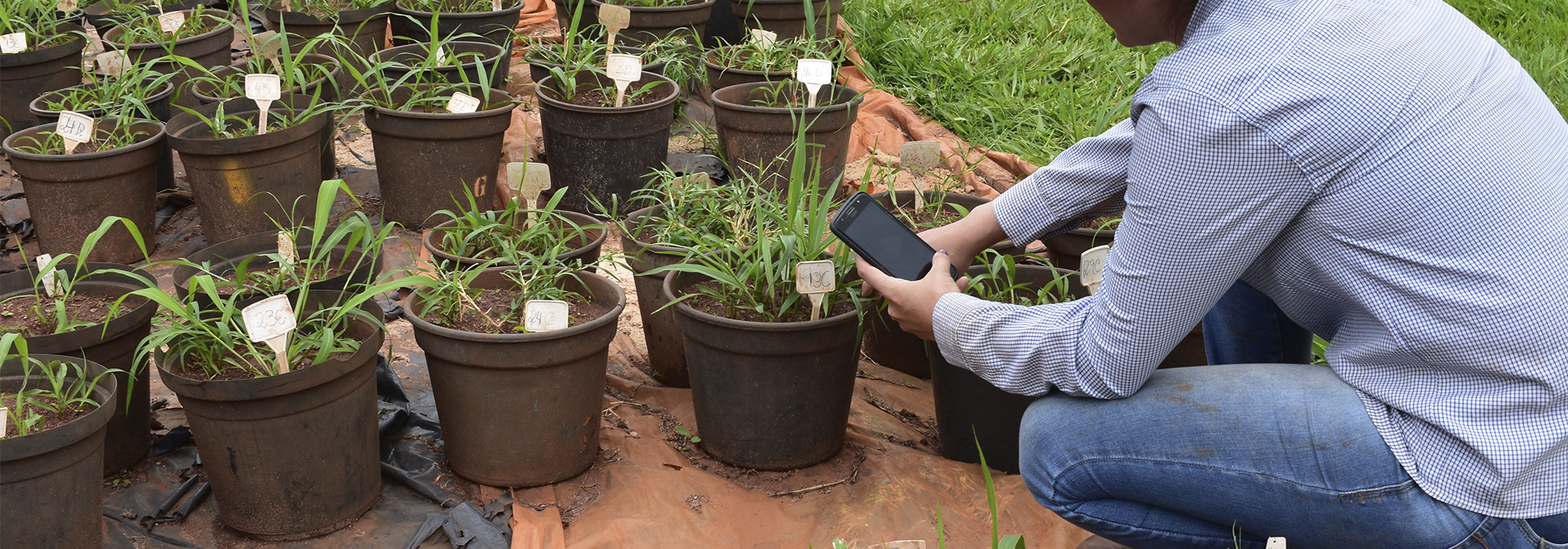
Produção Científica // Artigos
Selectivity and efficiency of herbicides in warm season turfgrass varieties
Artigos
Autor: Danilo C. M. da Silva, Anne E. Cesarin, Pedro F. R. B. Martins, Daniel P. Ferrarezi, Pedro L. da Costa A. Alves and Kathia F. L. Pivetta
Data: Outubro de 2016
Palavras-chave: Urochloa decumbens, Cynodon dactylon–ITG6, Cyperus rotundus, Paspalum notatum, Zoysia japonica..
Weed infestations and the few post-emergent control alternatives available are some of the main
problems in the management of ornamental and sports lawns. Given the exposed, the study aims to
evaluate the selectivity of five herbicides to four grass varieties: Paspalum notatum (bahia grass),
Cynodon dactylon (bahama grass- ITG6), Zoysia japonica (japanese lawn grass) and Zoysia japonica
(imperial – ITG5), as well as the control efficiency of those upon nutsedge (Cyperus rotundus) and
sudan grass (Urochloa decumbens). The following herbicides were applied in the recommended doses:
sulfentrazone + diuron, isoxaflutole, triclopyr, 2,4-D and halosulfuron. Visual phytotoxicity symptoms in
turfgrass and weed control were performed at 7, 14, 21, 28, 35 and 42 days after herbicide application
and, at the end of the evaluations, was quantified the dry weight. The herbicides sulfentrazone + diuron
and isoxaflutole were not selective to any turfgrass, although sulfentrazone + diuron controlled C.
rotundus and U. decumbens species and isoxaflutole controlled only U. decumbens. However,
halosulfuron and 2,4-D herbicides were selective to all of grasses and promoted weed species control.
The herbicide triclopyr was selective to P. notatum, Z. japonica and Z. japonica– ITG5, and it can be
used to control C. rotundus and U. decumbens.
Cite: da Silva, D. C., Cesarin, A. E., Martins, P. F., Ferrarezi, D. P., Alves, P. L. D. C. A., & Pivetta, K. F. (2016). Selectivity and efficiency of herbicides in warm season turfgrass varieties. African Journal of Agricultural Research, 11(35), 3299-3306.